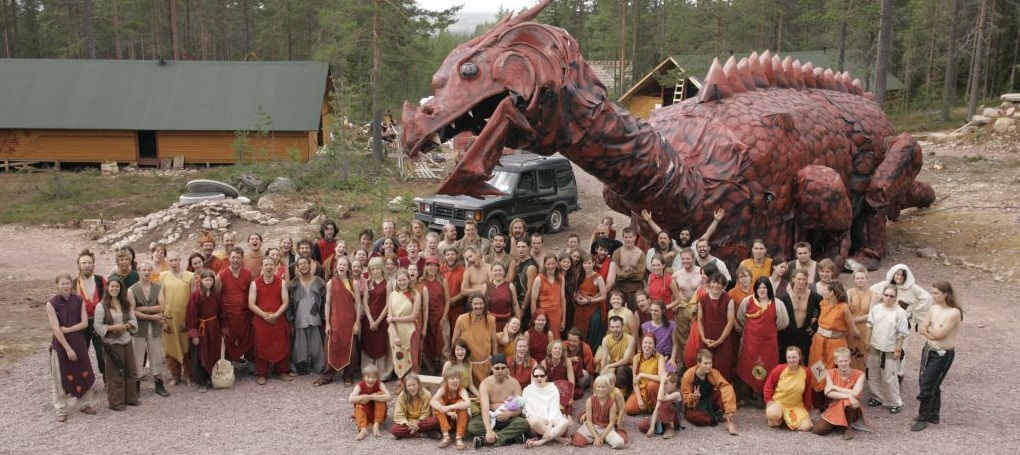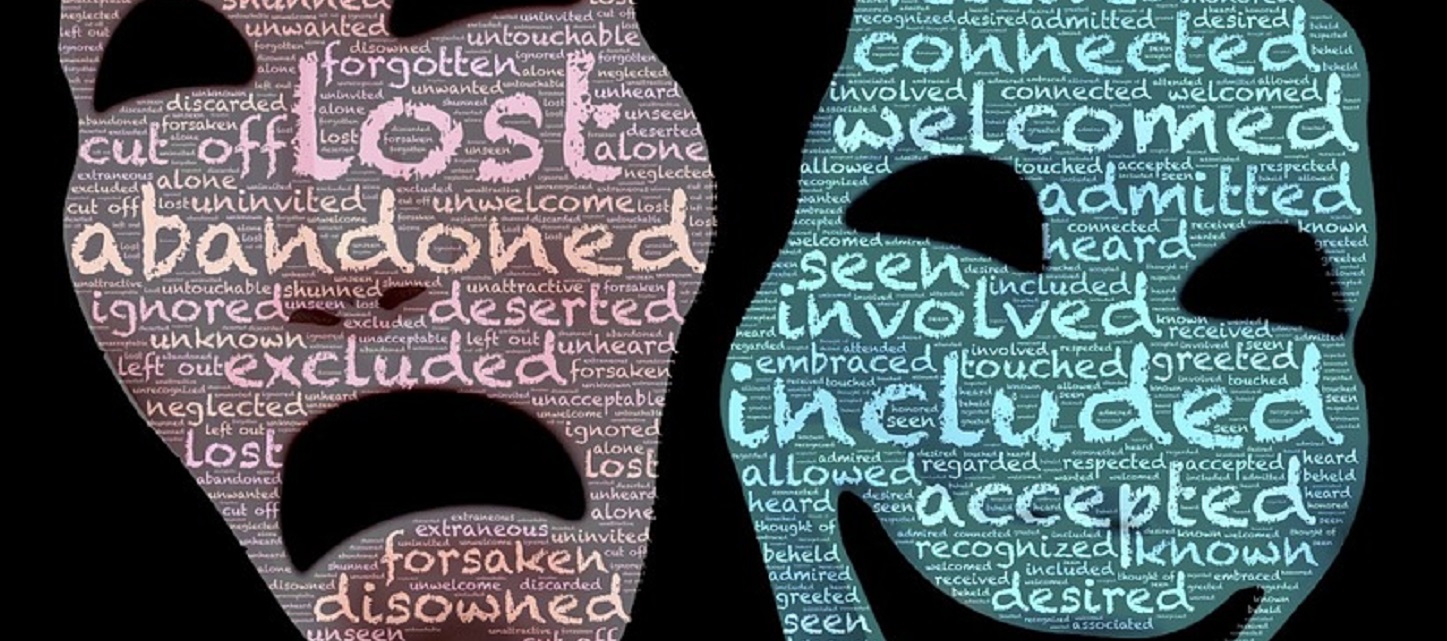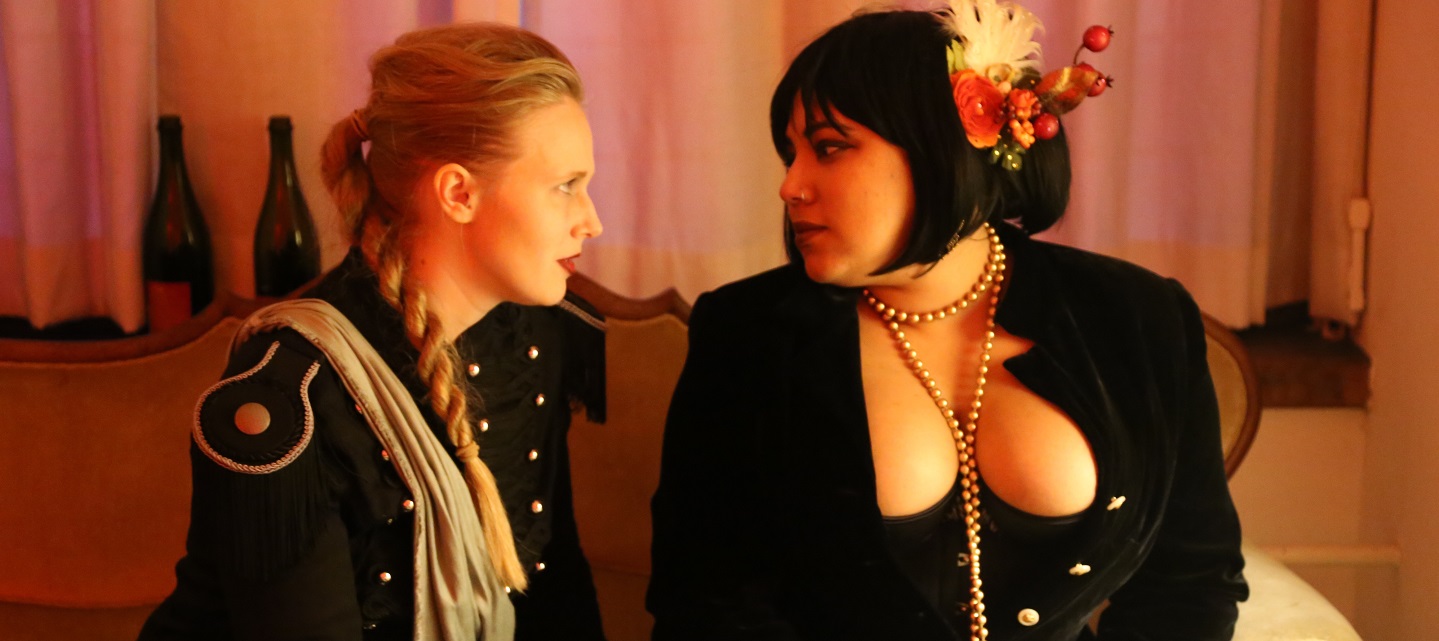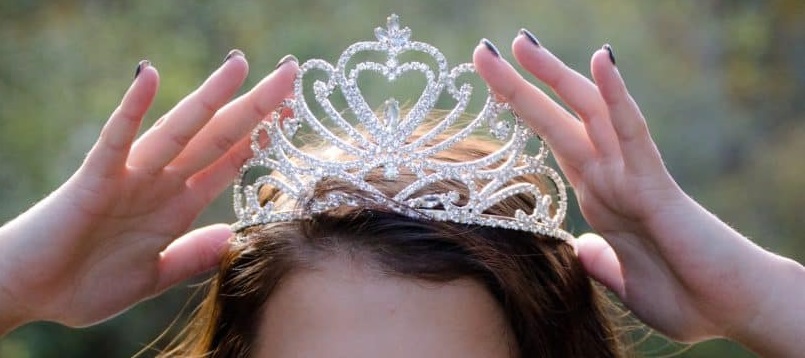Tag: Safety
-

10 Steps for Integrating Transformative Experiences
in
Whether you’ve been through a larp, a work of magic, a psychedelic experience, integration roughly works the same way.
-

Dragonbane Memories
We had crazy plans. We would transform fantasy larp forever. We would create the best larp in the world… or so I thought.
-

We Share This Body: Tools to Fight Appearance-Based Prejudice at Larps
in
How fatphobia, ageism, and rejection based on perceived attractiveness can influence play and negatively impact larpers.
-

Building a Fail-Safe
This is a tool to give yourself a place to rest but do so in character rather than leave the game.
-

Playing With Sexual Arousal
There are a growing number of Nordic style larps designed for strong emotions, including sexual arousal, and players steering for that experience.
-

How to Play an Erotic Larp
Playing on eroticism and desire in larps has become more and more popular within the international larp community in recent years. Here’s how you can make an erotic larp work for you.
-

Leaving the Magic Circle: Larp and Aftercare
in
The transition from larp to everyday life can be messy sometimes. Some thoughts on aftercare in a larp context: how to do it and why.
-

Transformative Role-Play: Design, Implementation, and Integration
in
A framework for how to design, organize, and play intentionally for transformative impacts throughout the role-play experience and beyond.

